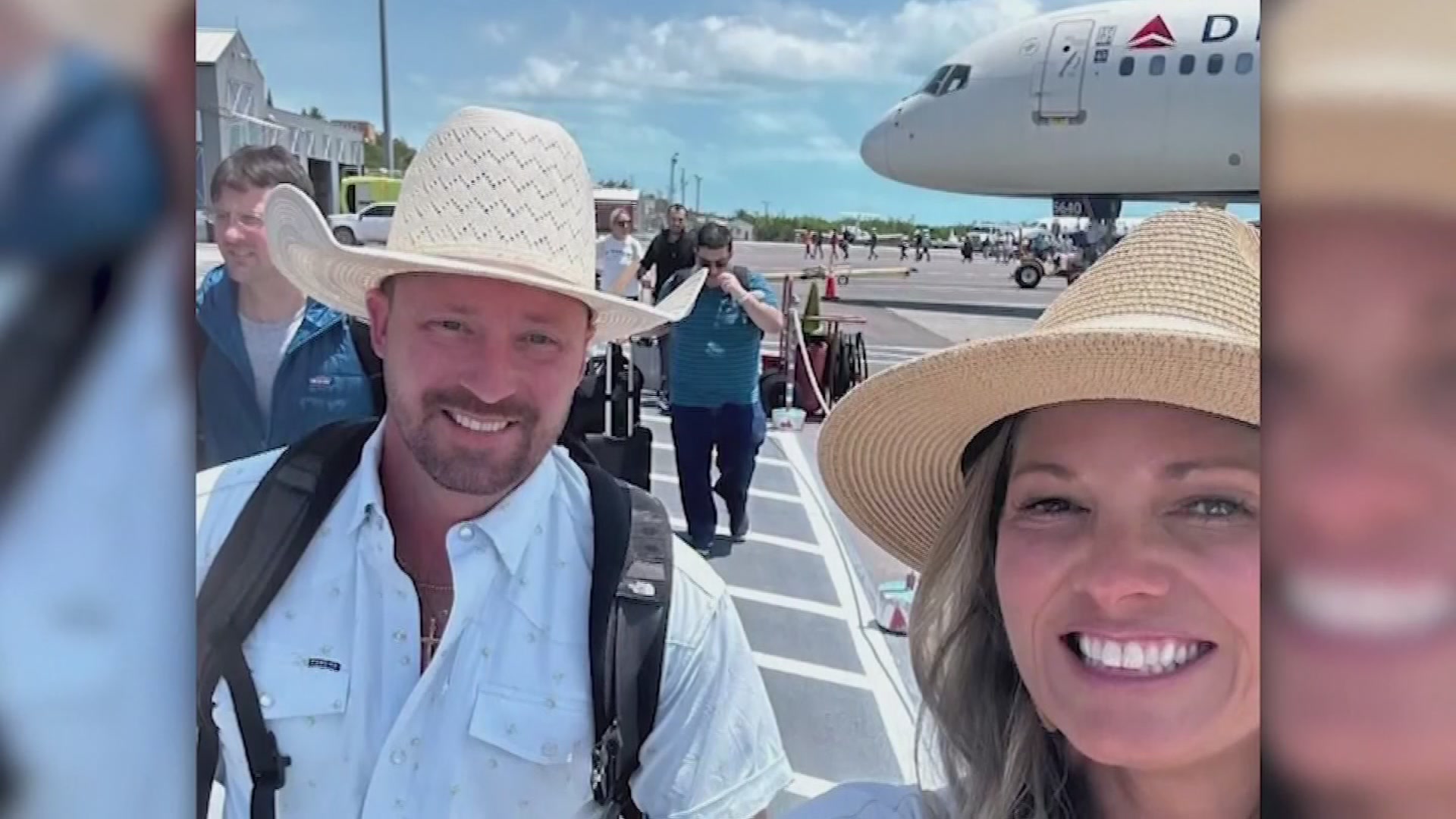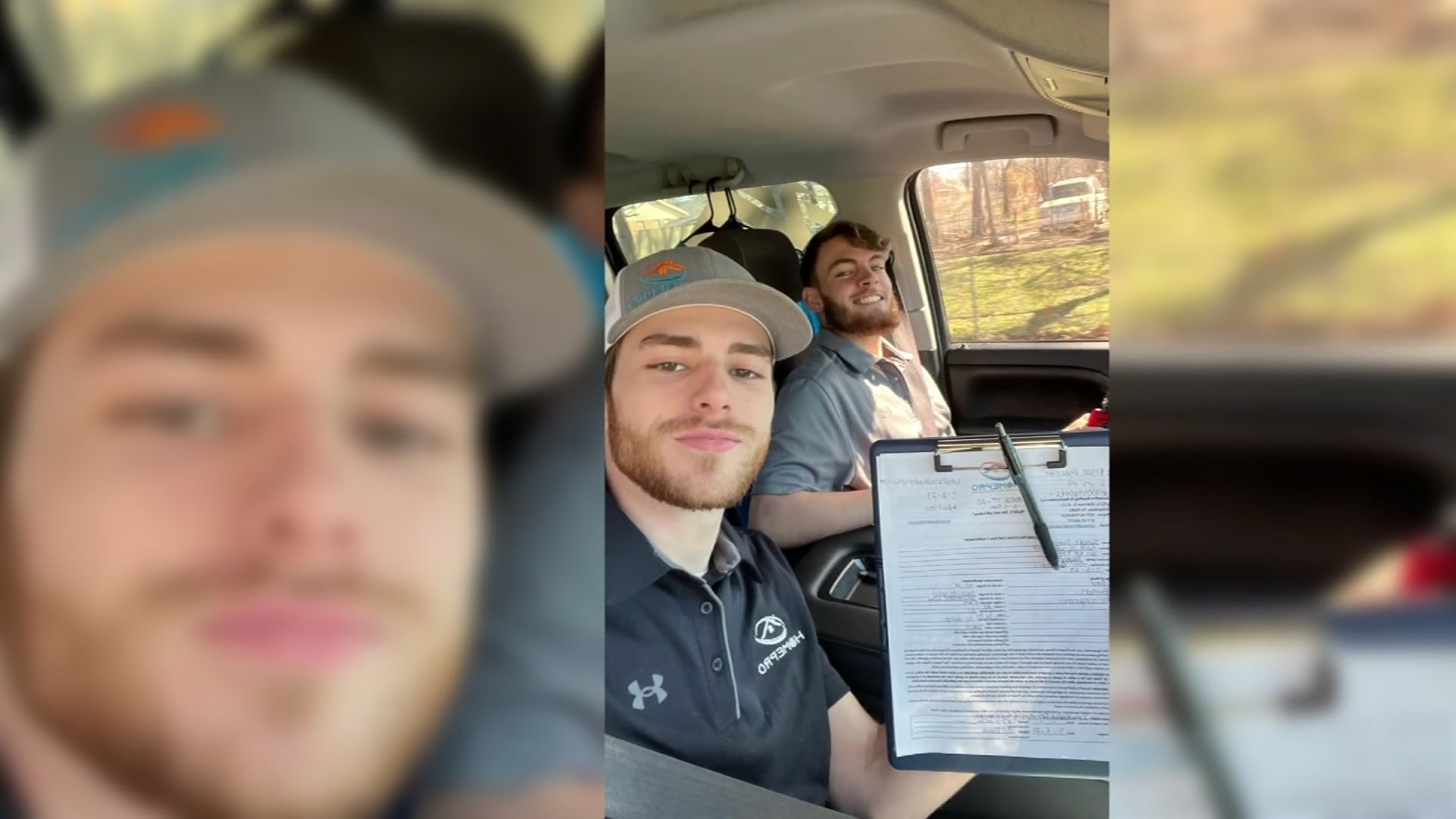The Texas Department of Transportation is announcing changes just nine months after NBC 5 Investigates began questioning why the state was not using safety measures used in other places to help prevent wrong-way crashes.
The agency has provided NBC 5 Investigates a copy of a new plan that shows seven highways in Tarrant County will get more than 700 safety improvements, all designed to alert drivers before they go the wrong way.
Improvements will be made to Interstate 30 through Downtown Fort Worth, Interstate 35W north of downtown, two large stretches of Loop 820, along at I-30 near AT&T Stadium, Texas 360 in Arlington and along SH 199 in northwest Tarrant County.
The new countermeasures will include LED signs that flash, alerting drivers they’re going the wrong way, red reflective pavement arrows and “Wrong Way” and “Do Not Enter” signs mounted closer to the ground making them more visible in headlights.
“This is a significant program that's going to use a lot of different countermeasures in over 700 locations. We feel that a majority of these will lower the risk of wrong-way wrecks,” said TxDOT spokesman, Val Lopez.
One recent study run by the North Texas Tollway Authority showed lowered signs reduced wrong-way driving incidents by almost 60 percent. California has used lower signs to reduce wrong way crashes since the 1970s. But, outside of a test project in San Antonio, TxDOT has not used lower signs or LED signs on other state roads.
"We do our very best to make the system as safe as possible and, because we affect so many people, we have to be careful,” said Lopez when asked why it took so long for safety changes to come to Texas.
Local
The latest news from around North Texas.
As TxDOT waited, worried the new signs might cause new problems, other highway safety experts, such as former U.S. Department of Transportation official Brigham McCown, said the state was simply moving too slow and were taking too long implementing safety improvements.
In the last four years, at least 280 people have died in wrong-way crashes and another 2,800 more were injured on Texas roads.
Last winter NBC 5 Investigates mapped all wrong way crashes in Texas since 2011. Pinpointing many of the same danger zones TxDOT will now focus on in Tarrant County.
Information contained in this report represents reportable data collected from Texas Peace Officer's Crash Reports (CR-3) received and processed by the Department as of the report date.
A reportable motor vehicle traffic crash is defined as: “Any crash involving a motor vehicle in transport that occurs or originates on a traffic way, results in injury to or death of any person, or damage to the property of any one person to the apparent extent of $1,000.”
Federal highway safety laws require the state to create this crash database for use in obtaining federal safety improvement funds. Section 409 of Title 23 of the United States Code, forbids the discovery and admission into evidence of reports, data, or other information compiled or collected for activities required pursuant to Federal highway safety programs, or for the purpose of developing any highway safety construction improvement project, which may be implemented utilizing federal-aid highway funds, in tort litigation arising from occurrences at the locations addressed in such documents or data. Information that is not available to a party in civil litigation may be confidential under state law. For Motor Vehicle Crash Data Report definitions, please go to txdot.gov and view or download the Annual Motor Vehicle Crash Data Report Definitions report.
On I-30 near Beach Street, five people died there in three devastating crashes. One of the victims was the daughter of Tommy and Donna Davila. The couple’s daughter, Sabrina, and her unborn child, were hit by a wrong-way driver who had drugs in her system. Despite delays in safety measures, the Davilas are now thrilled to see action.
“I’m glad they’re doing this. Man, like my wife said, it’s shocking. It was shocking to us seeing the numbers. I can’t believe they’re doing that many,” said Tommy Davila.
More than 170 freeway ramps will get more than 700 improvements that will be paid for with a $600,000 grant from The North Central Texas Council of Governments.
Fort Worth Mayor Betsy Price supports the plan and said she’d love to have seen the changes implemented before now, but is confident they’ll be installed as quickly as possible.
“If you can save one life, or even save a family from dealing with significant injuries, it will be fabulous,” said Price.
The question now, though, is why is TxDOT only installing the safety features in Tarrant County? What about Dallas, Collin, Denton and other counties in the area?
“This is a pilot program that we're all going to be watching very carefully. We'll share the results of the study and it will really shape policy here in Texas,” said Lopez.
For the Davila’s, TxDOT’s decision is now helping make sense of tragedy while giving them hope other families will be spared the pain they’ve suffered.
The only way to eliminate most wrong-way crashes would be to end drunken driving since federal and state studies have shown that most wrong-way drivers are intoxicated. But research by the Texas Transportation Institute has also shown some of these road improvements have potential even to get the attention of drunken drivers and prevent devastating head-on crashes.
The project in Tarrant County will start in the spring of 2016.
Wrong Way Drivers Priority Corridors/Countermeasures
FTW Countermeasures Wm (Text)



